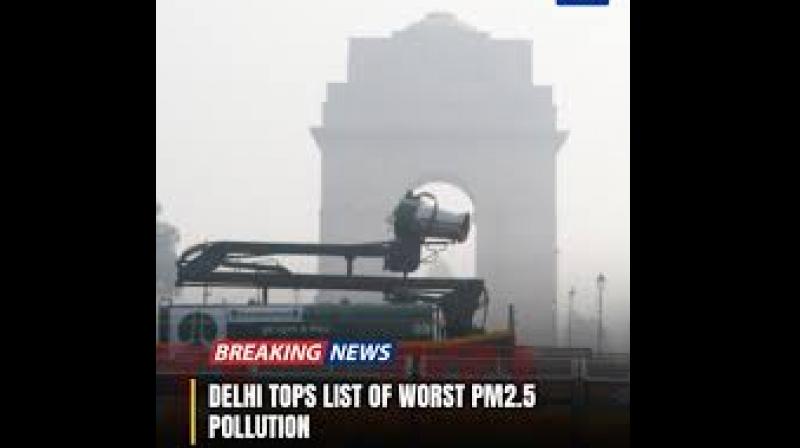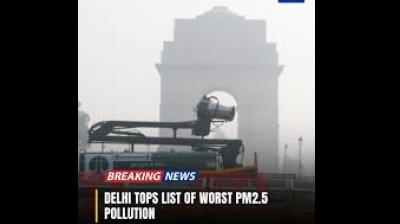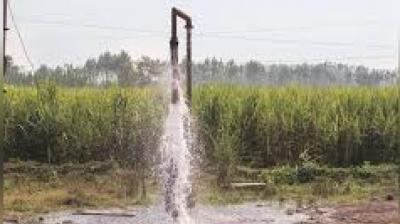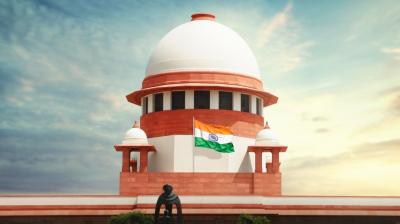
In some states, every district monitored fell foul of the standard, highlighting the depth of the air-quality crisis.
Delhi Emerges as India’s Most Polluted Region: CREA Finds 60% of Districts Breaching PM2.5 Norms
The Centre for Research on Energy and Clean Air (CREA) has delivered a new satellite-based analysis. According to the report, which CREA released based on satellite-derived PM2.5 measurements from March 2024 to February 2025, New Delhi recorded an annual average PM2.5 concentration of 101 micrograms per cubic metre, making it the most polluted state/UT in India. According to CREA’s researchers, this level is roughly 2.5 times above India’s national ambient air quality standard and 20 times higher than the guideline set by the World Health Organization (WHO).
But the problem isn’t only confined to the capital. The study highlights that 447 out of 749 districts, which means nearly 60% of all districts surveyed nationwide, have breached the official safety limit for annual PM2.5 levels. According to the analysis, states including Chandigarh (70 µg/m³), Haryana (63 µg/m³), and Tripura (62 µg/m³)** follow Delhi on the pollution chart. CREA’s district-level mapping shows other heavily affected regions include Assam, Bihar, West Bengal, Punjab, Meghalaya and Nagaland, all registering PM2.5 levels above the national clean-air norm.
In some states, every district monitored fell foul of the standard, highlighting the depth of the air-quality crisis. As per CREA’s findings, the worst-affected districts are heavily concentrated: 11 from Delhi and 11 from Assam alone account for almost half of the 50 most polluted districts nationwide. Others include several districts across Bihar, Haryana, Uttar Pradesh, Tripura, Rajasthan, and West Bengal.
According to experts, prolonged exposure to such toxic air increases the risk of respiratory issues, cardiovascular diseases, and long-term health complications, especially among children, the elderly, and people with pre-existing conditions. Public-health specialists cited by CREA note that the current levels pose a severe risk to overall community health.
The CREA report talks about a fundamentally different approach: instead of treating air pollution as a seasonal or region-specific issue, the country must adopt airshed-based governance, coordinated across states and regions. The study reiterates that pollution does not stay within geographical locations; it can silently spread to other areas, affecting millions.
The data confirms the grim reality that residents are facing: the air is growing harder to breathe. As India works for development, this report is a stark reminder — clean air is not optional; it is a basic public-health necessity.













